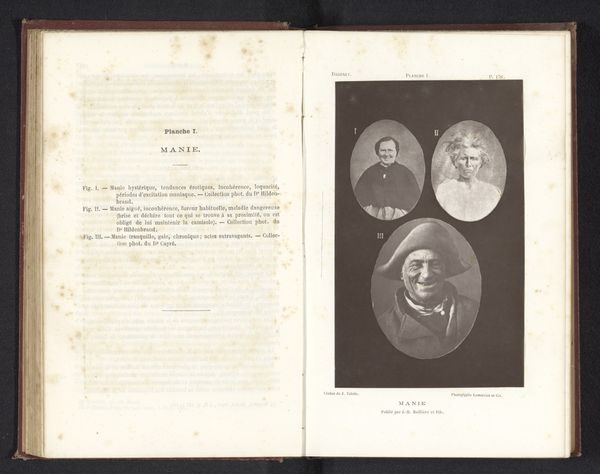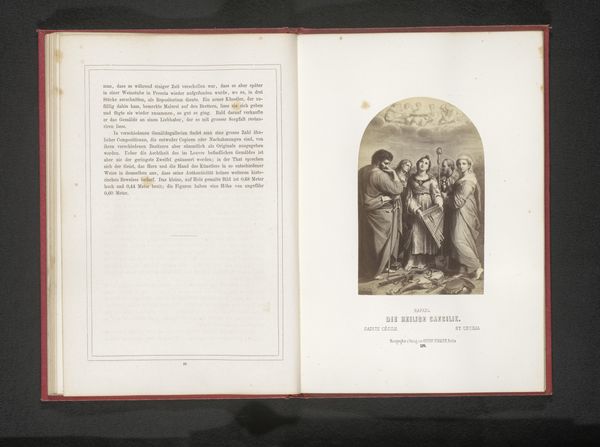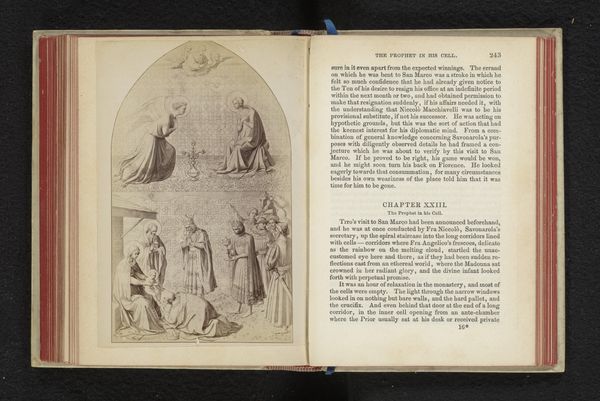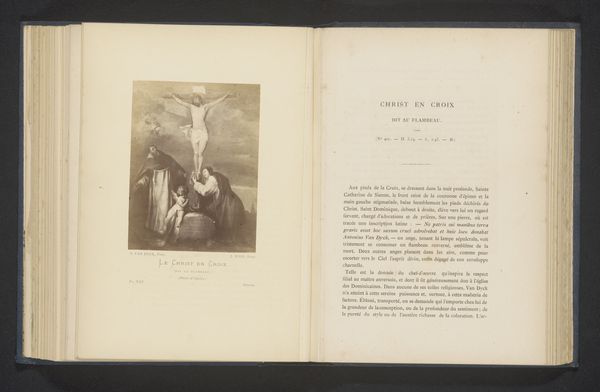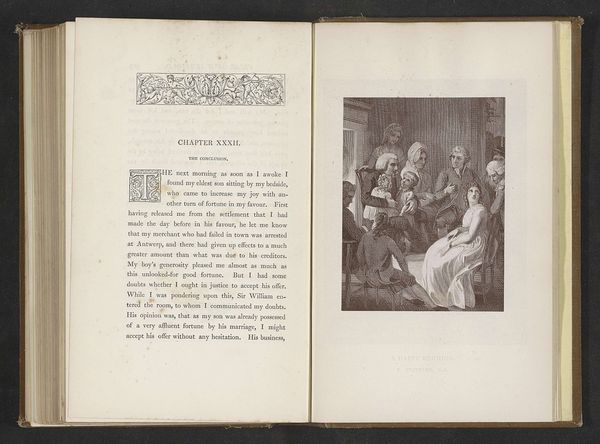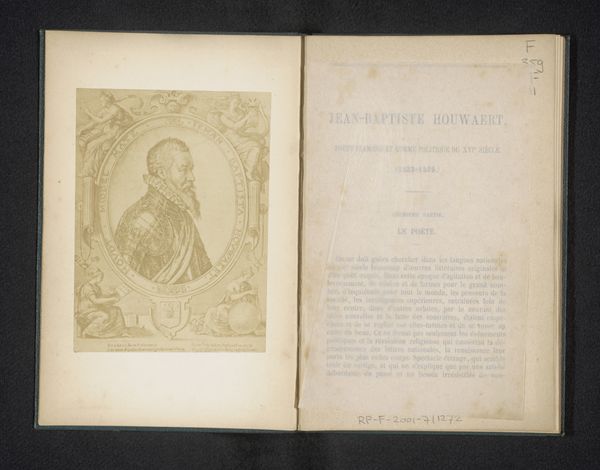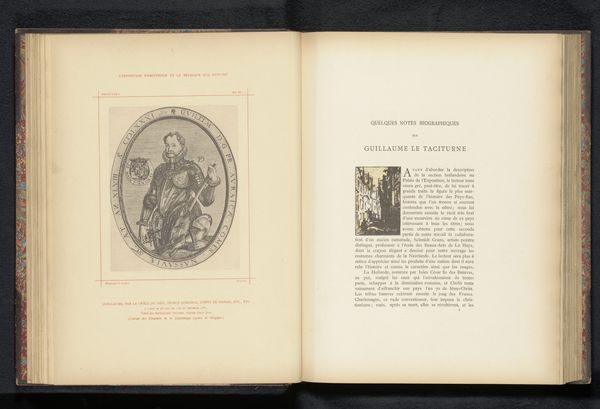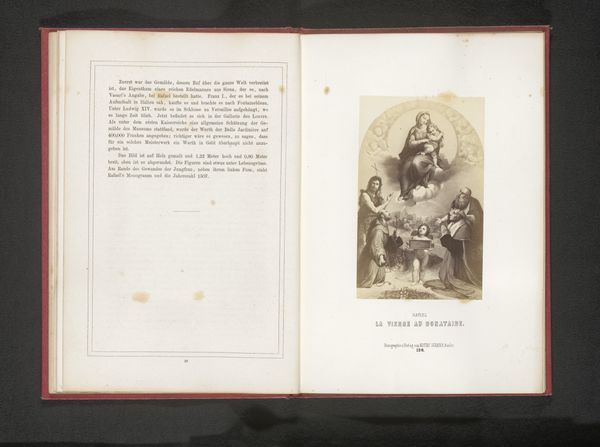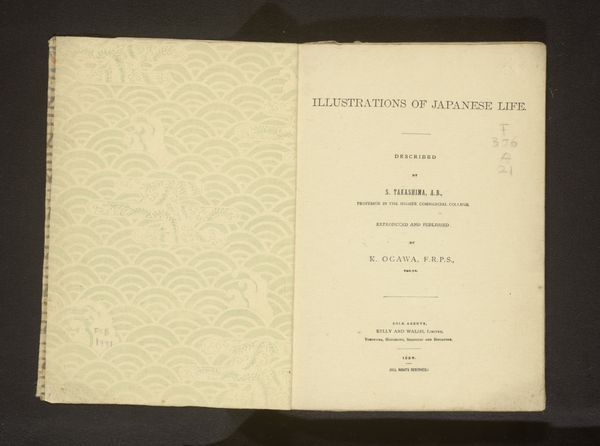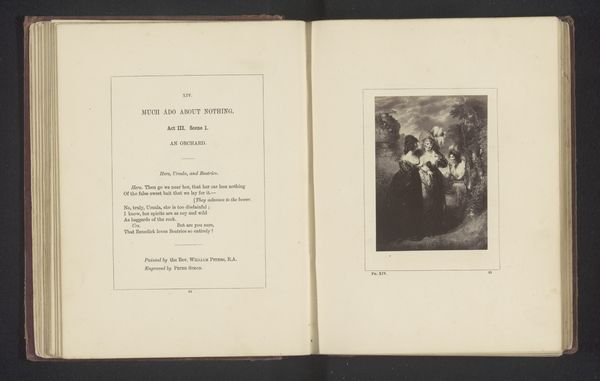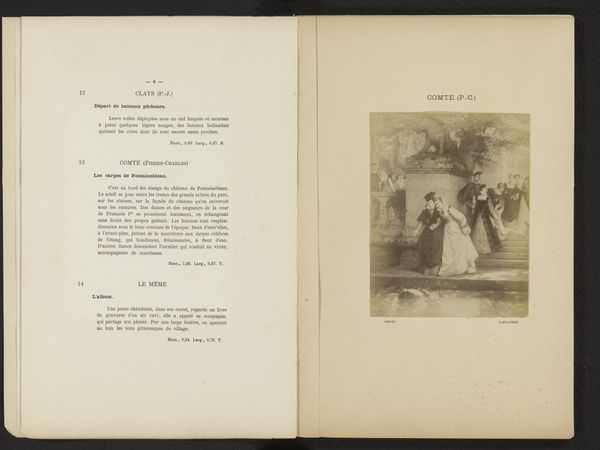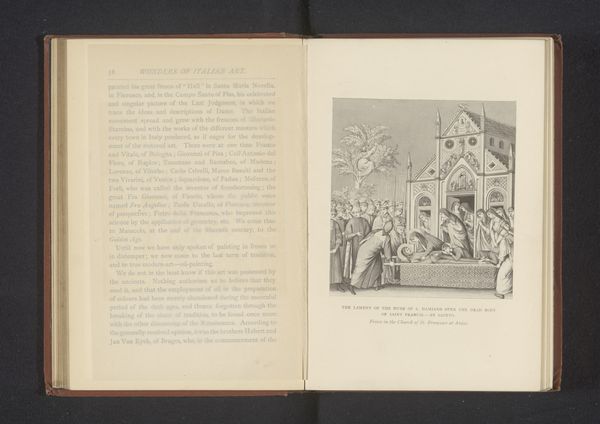
#
aged paper
#
sketch book
#
hand drawn type
#
personal sketchbook
#
hand-drawn typeface
#
pen-ink sketch
#
pen and pencil
#
pen work
#
sketchbook drawing
#
sketchbook art
Dimensions: height 260 mm, width 181 mm, thickness 52 mm
Copyright: Rijks Museum: Open Domain
Editor: So, here we have Johannes Justus Rein's "Japan: travels and researches," from 1884. It looks like a reproduction of a sketchbook, complete with pen and ink drawings and aged paper. It's very formal and restrained. What do you see when you look at this? Curator: Ah, Rein's work! For me, it’s a time capsule. Not just of Japan, but of European engagement with Japan during the Meiji era. Imagine Rein, a geographer, notebook in hand, trying to capture the essence of a rapidly modernizing country. This book feels less like cold research and more like a personal, even romantic, encounter. Do you get a sense of the gaze through which he filters his experiences? Editor: Definitely. It feels… removed, in a way. The subjects seem very posed, almost like specimens. Curator: Exactly! And that distance, that slight objectification, tells us just as much about Rein and his culture as it does about Japan. Notice the careful, almost scientific way he renders their clothing, their posture. Is he studying or admiring? Is there perhaps a blurring of those two perspectives? What’s your take on the composition? Editor: The image and the text mirror each other - like seeing two sides of the same coin - one illustrating observations and the other articulating them. Curator: Nicely put! A visual echo. Rein isn't simply presenting facts; he's offering us a glimpse into his process, his attempts to understand. It makes you wonder about the unseen sketches, the untold stories hidden within those pages. Editor: This makes me consider how perception affects reception, both then and now. Curator: Precisely. Every stroke of Rein’s pen is infused with his own history, bias and perspective - a dance between observer and observed. Food for thought.
Comments
No comments
Be the first to comment and join the conversation on the ultimate creative platform.
